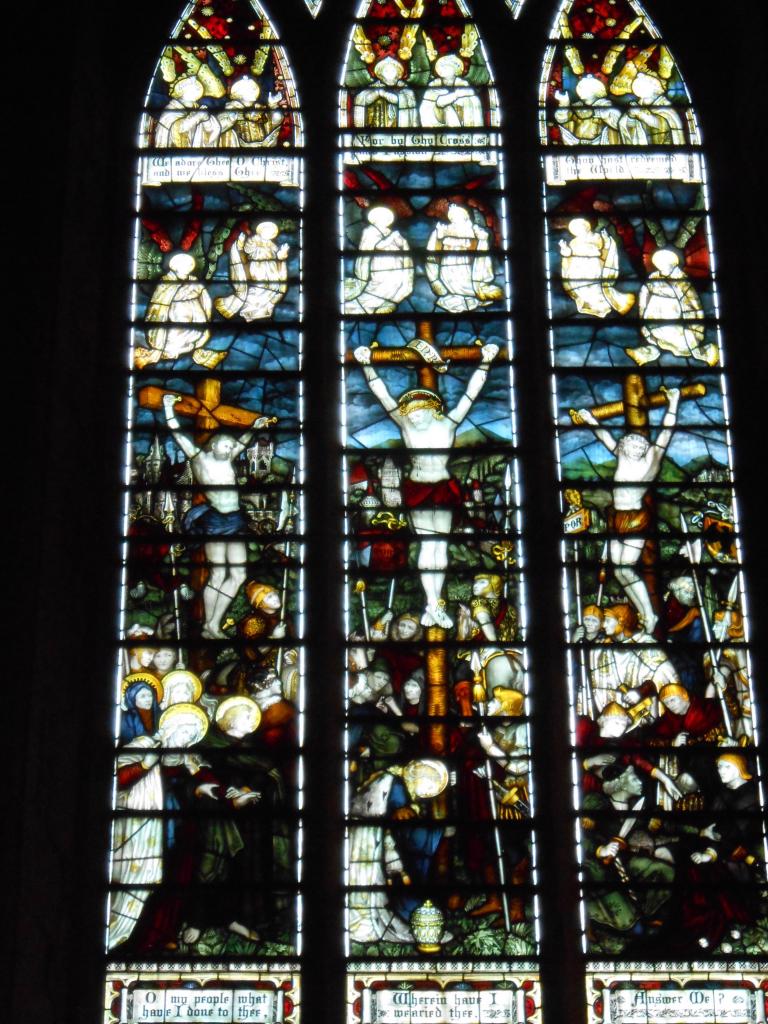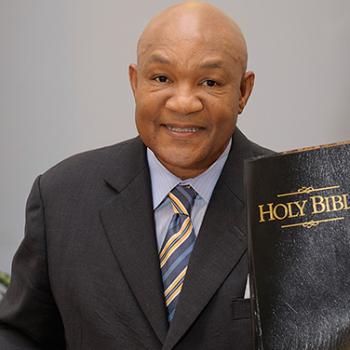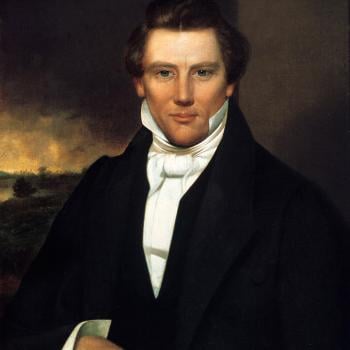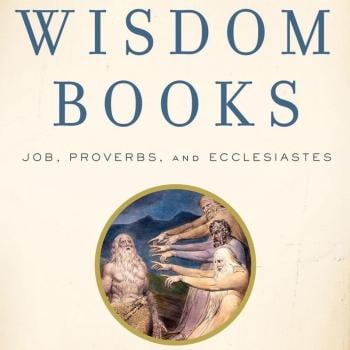When the Jesus Movement Became the Christian Church
BY PHILIP JENKINS
I have blogged quite a bit recently on early Christian history, and the further I get into this material, the more interested I become in one particular period – quite a narrow period in fact, of a quarter century or so. I keep coming back to these years as the critical turning point in early Christian history, and it rarely receives the respect it demands. For all the attention paid to the era of the Council of Nicea, about 325, there is an earlier time that is at least as important, and arguably much more so. Let me make my case for the years around 200 AD – or let’s say, more broadly, between the late 180s and 215. One generation.
In terms of modern social theory, this period was when the movement changed from being an upstart sect – spontaneous, passionate, inchoate – to a fully-formed institutionalized “church,” a change symbolized by new structures and hierarchies, more formalized patterns of worship and liturgy, and the strict regulation of individual prophecy. Also transformed were notions of authority, with a shift from charismatic or prophetic credentials to an emphasis on tradition and (gradually) on bureaucracy. Newer institutions also felt a powerful impetus to centralization and standardization. This was a classic transmutation of a kind that has befallen so many other new religious movements through human history.
To illustrate this, let’s think about the Easter Wars then raging. In the 190s AD, Christians were passionately divided over the question of whether Easter Sunday should fall on Sunday. However nitpicking the issue might sound, the controversy actually involved very substantial issues of identity, culture and faith, issues that shaped the West’s religious tradition. Just how closely should the new Jesus movement hew to practices derived from Judaism?
Easter commemorates the Resurrection that is the central fact of Christian faith. According to the lunar Jewish calendar, Jesus had perished on the 14th day of the month Nisan, a Friday, and the gospels reported that he had been resurrected on the Sunday. As that Friday fell in the season of the Passover, Christians commemorated it with the Greek term for that feast, Pascha. For many centuries, Christians have followed that Friday/Sunday pattern. The date may vary from year to year, but Good Friday always falls on a Friday, and Easter Sunday on a Sunday. How could things ever have been otherwise?
But matters were very different in early times. In the churches of Asia Minor – some of the oldest of all Christian communities, and the ones most closely tied to the apostles – Christian Pascha in the second century always fell on the fourteenth of Nisan, whatever the day of the week, and thus followed Jewish practice. The Alexandrian church, in contrast, favored Sunday observance, and so did Rome. About 190, Rome’s bishop Victor demanded that Asian bishops fall into line, and a series of strikingly far-flung councils and synods demanded that the Resurrection day should fall on Sunday. Those holdouts who favored the old apostolic practice of observing the fourteenth day of the month of Nisan suddenly found themselves labeled as heretics with the ugly technical label of Quartodecimans, literally “Fourteeners.”
However technical the calendrical minutiae in this affair, it points to a powerful theme in Christian history, namely just how late in that story the churches decided matters that we might have thought were absolutely fundamental. We normally think of a rigid separation between Christian and Jewish practice sometime around 70 AD, and certainly no later than the end of the first century. That is the interpretation offered in the myriad of books, articles and sermons that appear each year. Yet a hundred years after that supposed separation, some of the most significant churches were still relying on a Jewish structure of months and days. How, we might ask, how could so fundamental an issue, so powerful a symbolic marker of religious identity, still be undecided?
In many other ways as well, Christians at this time were still believing and doing things that fit better with what we might think of as the earliest apostolic ages. Most accounts present the earliest church as a thoroughly radical and utopian sect, open to prophecy, charisma, and miracle, and living in daily expectation of Christ’s imminent return. As this event was pushed ever further into the future, so the emerging church spiritualized its messages and promises. At the same time, it developed into a more formal institution, with its hierarchy and bishops. That transformation was acutely apparent in matters of authority. While the earliest church depended on living apostles and inspired prophets, its successors followed an institutional church, and obeyed the mandates of scripture. Surely, we think, such a change must have been accomplished not long after the closing of the New Testament, at the start of the second century.
Such a trajectory fits poorly with the historical facts. Still at the end of the second century, major congregations were seriously debating the approval of the so-called New Prophecy of Montanism, a charismatic movement that claimed that its living prophets were proclaiming spiritual truths equal in authority to those of the scriptures. Still at this time, the range of scriptures in general Christian use was far larger than later Christian concepts of the Bible, especially in the Old Testament. Still at the end of the second century, some respected Christian leaders insisted that the Bible’s promises of a future miraculous age of peace and plenty had to be read in a material and terrestrial sense, and not postponed and spiritualized as a supernatural promise of Heaven. Still, major churches followed interpretations of Christ and his mission that by later standards were radically heretical, and far beyond the fold of acceptable belief. Large sections of the Christian community felt able to reject the whole Old Testament, and the Jewish God that it revealed.
On every one of these issues, and on many other questions of belief and practice, and we see the critical era of transformation and decision at the turn of the third century. Although changes had been accumulating gradually, the pace of change then accelerated rapidly to create a revolutionary transformation. This was the watershed moment at which the Christian movement made the decisive move from being a Jewish sect to a free-standing independent church, on the verge of becoming a world religion.
If all the simmering issues were not resolved and the various factions suppressed – as they assuredly were not – then at least it was clear that future debates would be fought out within one mainstream community, the Great Church, a vast transcontinental entity spanning the known world, from the Atlantic to the Indian Ocean. The wave of councils summoned forth by the Paschal debates of the 190s was in fact the first clear evidence of that global reach.
Read more at http://www.patheos.com/blogs/anxiousbench/2018/03/end-beginning-jesus-movement-became-christian-church/#BJVxA8lt9TmVHbkG.99















